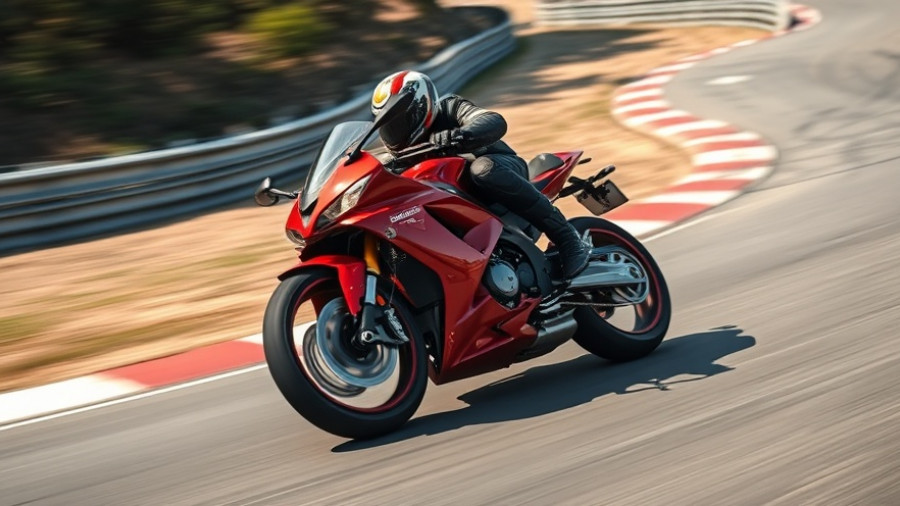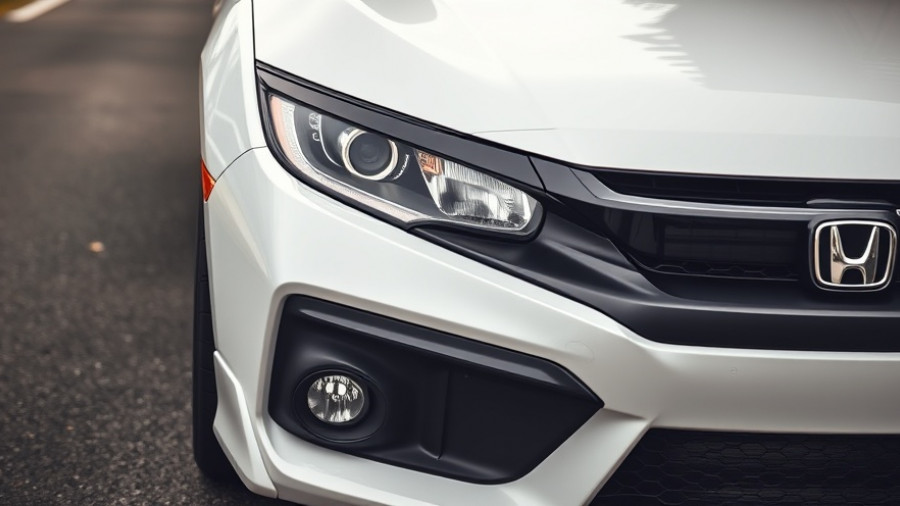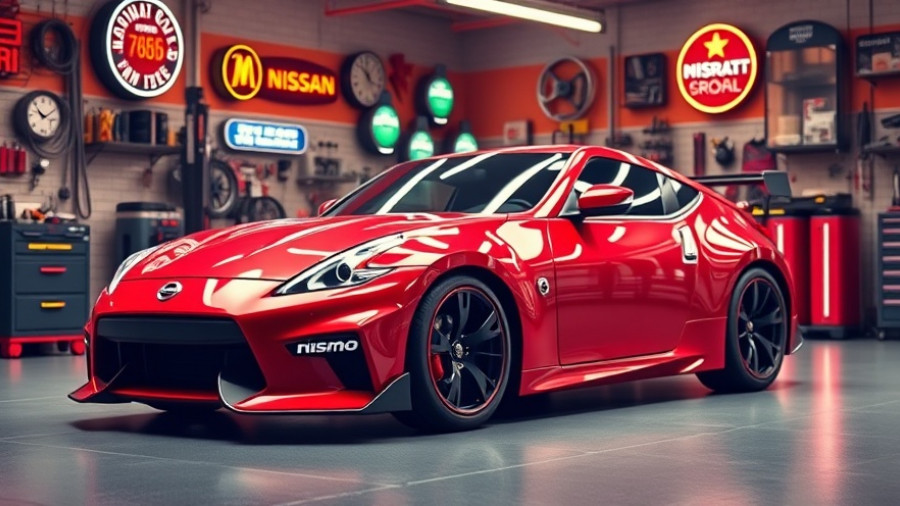
The 2026 Lexus IS: A Stylish Refresh in the Compact Sedan Market
Lexus is poised to maintain its stature in the compact sports sedan segment with the unveiling of the refreshed 2026 Lexus IS. Rather than a complete redesign, this update is a meticulous reworking of an already beloved platform that has been in play since 2014. Aiming to refine what customers enjoy, Lexus is introducing several enhancements ranging from aesthetic changes to technological upgrades, making the IS even more appealing to enthusiasts and everyday drivers alike.
A New Look: Modern Design Meets Tradition
One of the most striking changes for the 2026 IS is its redesigned front fascia. The new styling lowers the car's visual mass, giving it a sleeker, more aggressive stance. This update adds approximately four-tenths of an inch in length, enhancing its sporty virtues without losing the familiar charm that IS owners appreciate. The updated model, particularly in the F Sport trim, showcases fresh 19-inch alloy wheels and a striking rear spoiler complemented by eye-catching red brake calipers and a new paint option called Neutrino Gray. This blend of bold design choices affirms Lexus's commitment to aesthetics while keeping its lineage intact.
Next-Level Interior Tech: Comfort Meets Modernity
Inside, Lexus has taken significant steps to modernize the IS cabin significantly without abandoning the physical controls that many drivers prefer. The centerpiece is a larger 12.3-inch touchscreen cleverly integrated with a 12.3-inch digital instrument cluster, all housed within a traditional hooded binnacle, enhancing functionality and look. This thoughtful layout, with essential knobs and controls located conveniently below the display and on the steering wheel, ensures that often-used features stay user-friendly. Adding to its allure, Lexus has introduced a stunning Forged Bamboo trim that uses sustainable materials, reflecting an environmental commitment that resonates with today's conscientious consumers.
Performance Enhancements: Steering and Suspension Updates
The focus on enhancing the IS extends into the vehicle’s mechanics. Lexus has implemented retuned electric power steering, aimed at providing a more natural response to varying driving conditions. Additionally, suspension upgrades include quicker-acting dampers, ensuring a smooth experience on city roads while maintaining agility on winding backroads. This combination of enhancements is designed to cater to both the daily commuter's needs and the spirited driver’s desires, reinforcing the IS's appeal across a broad spectrum of automotive enthusiasts.
Powertrain Options: Balancing Power and Efficiency
For 2026, the IS will offer two primary configurations at launch: the hybrid IS300h and the sporty IS350. The IS300h pairs a 2.5-liter four-cylinder engine with an electric motor, providing sufficient power while emphasizing efficiency. Meanwhile, the IS350 is for enthusiasts, boasting a 3.5-liter V6 engine capable of producing around 311 horsepower, with an optional all-wheel-drive setup. The strategy of streamlining engine offerings reflects a growing trend in the automotive industry to provide consumers with performance that aligns with a greener future.
Market Dynamics: Lexus IS in a Rapidly Changing Landscape
While Lexus has not yet revealed specific launch timelines for different markets, a general roll-out is anticipated for early 2026. With a starting price for the previous model at around $41,830, potential buyers will undoubtedly be eager to see how this new iteration will be priced. Notably, while the IS500 V8 variant will be phased out, Lexus's continued investment in IS updates hints at the possibility of future exciting offerings. As the market shifts increasingly toward SUVs, the IS sedan remains a vital part of Lexus’s product lineup.
Conclusion: A Strong Argument for Compact Sedans
The 2026 Lexus IS refresh is timely and necessary in a market that often seems to prioritize larger vehicles. The IS maintains the perfect size and feel for drivers who enjoy a lower seating position and dynamic chassis interaction. With its sharper styling, upgraded technology, and thoughtful tuning, the IS continues to hold relevance, ensuring that the legacy of this compact sports sedan remains robust as the car industry evolves around it. Should pricing align closely with the previous model's figures, coupled with promised enhancements in driving dynamics, the 2026 IS could very well reignite the spark among sedan enthusiasts in a predominantly SUV market.
 Add Row
Add Row  Add
Add 




Write A Comment